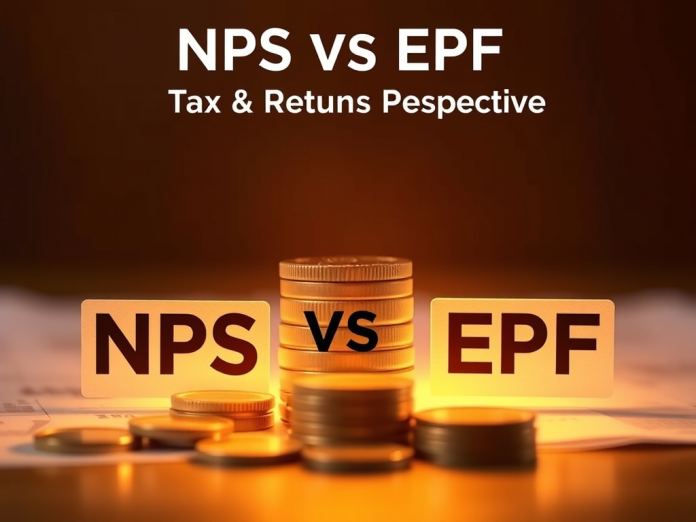EPF is a guaranteed return plan. The money deposited in EPF gets interest at a fixed rate. On the other hand, NPS is a market linked scheme. This is an investment plan in which the investor has the option to choose the investment plan and fund manager as per his choice.
People show more interest in NPS and EPF for creating retirement fund. Both have same goal, but there is a lot of difference in the way they work. The rules of both are also different. There is a lot of difference between both in terms of tax rules. One thing to keep in mind is that only people working in private sector can contribute in EPF, whereas self-employed people can also contribute in NPS. This means that people working in private sector can invest in both EPF and NPS. Investing in EPF is mandatory for them, whereas investing in NPS depends on their wish.
Option to invest in NPS as per your choice
EPF is a guaranteed return plan. The money deposited in EPF earns interest at a fixed rate. On the other hand, NPS is a market linked scheme. This is an investment plan in which the investor has the option to choose the investment plan and fund manager as per his choice. The investor can select any one of the investment approaches – aggressive, moderate and cautious. A person between the age of 18 and 70 years can invest in NPS.
NPS Market Linked Investment Scheme
The return from NPS is between 8-12 percent. On the other hand, the government decides the interest rate on the money deposited in EPF. The biggest thing about EPF is that it comes under the EEE tax benefit scheme. This means that there is no tax on the contribution. There is no tax on interest and there is no tax on the maturity amount either. Deduction is available on investment in EPF under Section 80C of the Income Tax Act, 1961. However, the thing to keep in mind is that this deduction is available only to taxpayers who use the old regime of income tax.
Tax benefits available in both schemes
In NPS, deduction is available under section 80C. Apart from this, an additional tax benefit of Rs 50,000 is also available. This is available under section 80CCD (1B). The money deposited in EPF is received on retirement of the employee. On the other hand, in NPS, annuity has to be purchased from 40 percent of the money deposited on retirement. The remaining 60 percent money is received in lump sum. Experts say that both EPS and NPS are very important for post-retirement expenses.
Private employees can invest in both
Experts say that people working in the private sector can contribute to both NPS and EPF simultaneously. This will ensure that they do not face any problem for post-retirement expenses. It is necessary to use 40% of the NPS funds to buy annuity. This ensures that the person gets pension every month. Also, a lump sum amount is received from both EPF and NPS.
Most Read Articles:
- PPF Interest Rate Reduced: Big news! Government can reduce the interest on PPF from 7.1% to 6.50% on June 30?
- PF Interest Credited: Good news for EPFO members! Interest money has started coming into PF accounts, check balance like this
- Credit Card Link UPI: Link your credit card to UPI from home, know step-by-step guide


